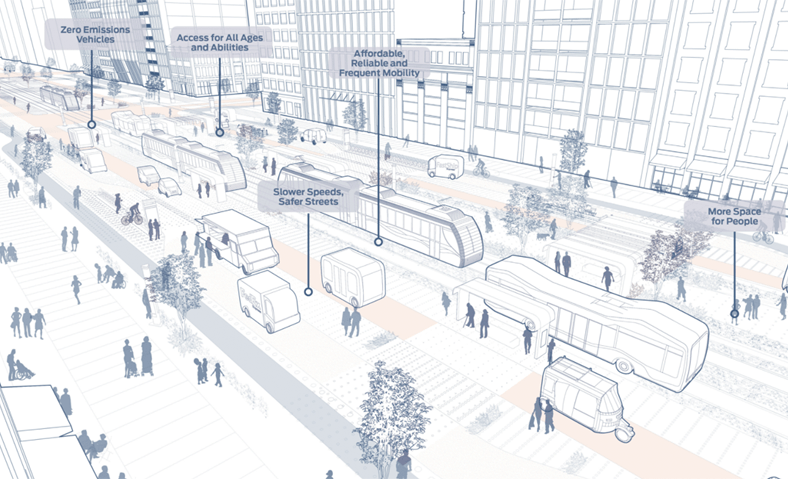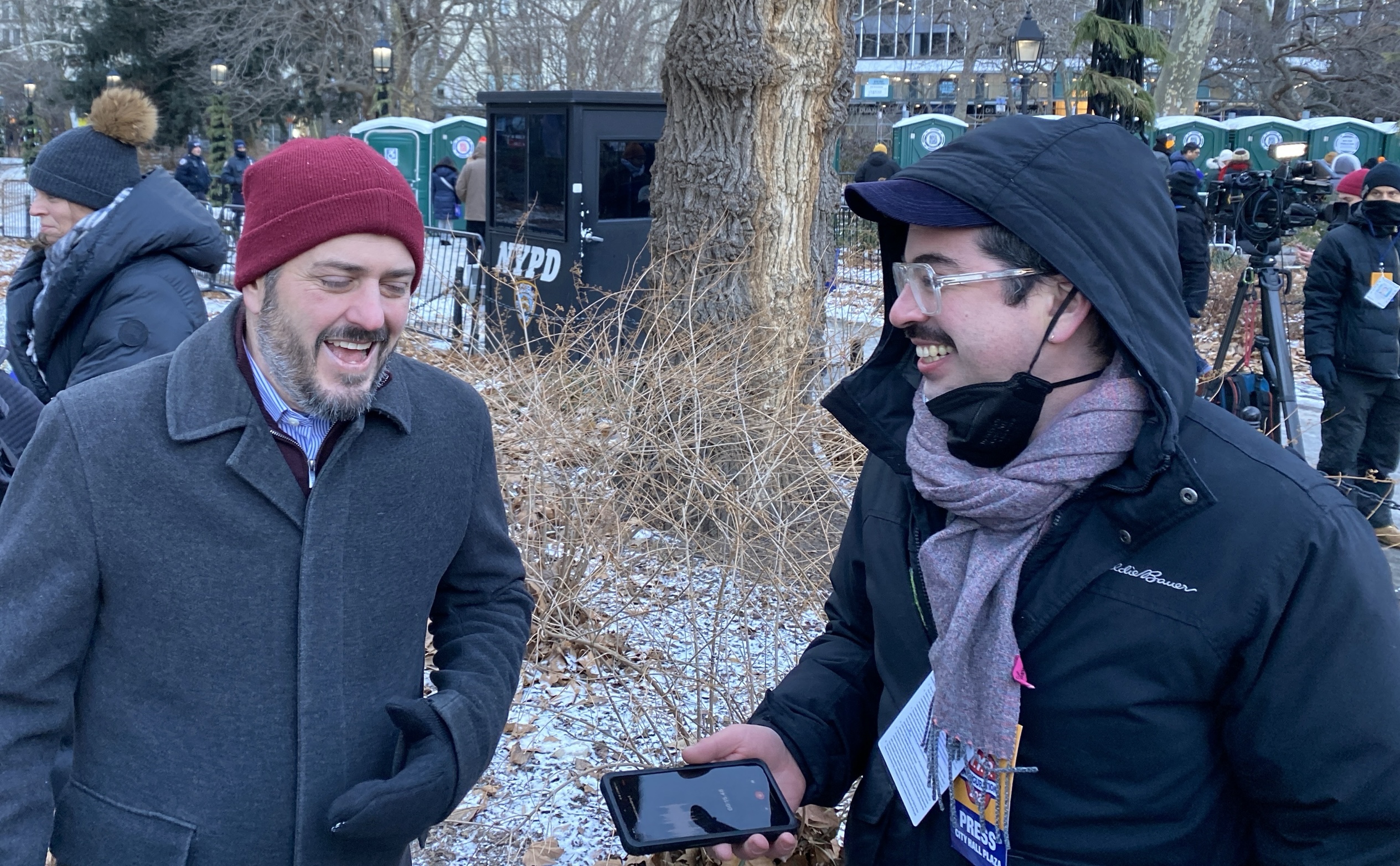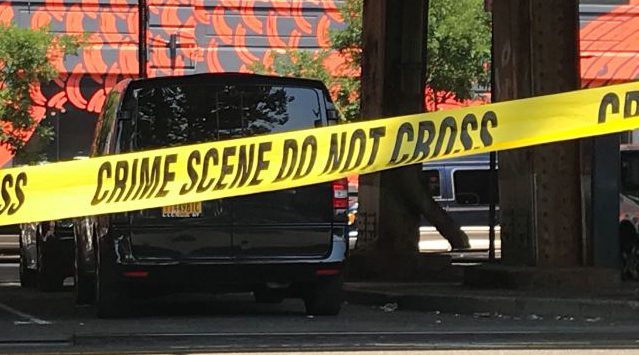When automobiles came on the scene a century ago, motor vehicle interests reshaped cities dramatically, in many ways for the worse.
If you believe the hype about self-driving cars, another paradigm shift is coming, and the effect could be similarly transformative. But will it work for city residents or against them?
City officials are developing policy strategies to ensure that the advent of autonomous vehicles leads to less traffic, better transit, and safer streets for walking and biking. But those outcomes are far from guaranteed. To help cities advocate for their interests as autonomous vehicle policies take shape, the National Association of City Transportation Officials has released a “blueprint for autonomous urbanism.”
“This is the start of a critical conversation with AV companies about what cities need today and will need tomorrow,” said NACTO Executive Director Linda Bailey in a statement accompanying the report.
Here’s a look at what NACTO thinks autonomous vehicles could mean for streets and transportation if we shape the technology to benefit cities.
More freedom to walk and bike
One non-negotiable rule is that car makers need to make autonomous vehicles safe without depending on people to wear sensors to be detected. If you’re walking or biking, you should absolutely not be required to carry special equipment, says NACTO.
In theory, companies should be able to engineer AVs to operate much more safely than human drivers. Negligent or reckless behavior like speeding and failure to yield should become a thing of the past. People who are intimidated at the thought of walking or biking on city streets with human drivers should feel reassured and liberated by the predictability of AVs.
The safety of AVs will depend in large part on limiting speeds in crowded areas. In dense neighborhoods where motor vehicles mix with pedestrians and cyclists, the maximum AV speed should be 20 mph, 25 at most. For the most crowded central city areas, vehicles should be programmed for even lower max speeds or to avoid the area altogether.
On residential streets, vehicles should also be programmed to travel at safe speeds with minimal stopping distances, so children can safely play and neighbors can congregate.
Faster buses
Savvy cities will want to do as much as possible to promote the use of space-efficient multi-passenger vehicles, instead of letting single-occupant robocars clog streets. For the same reason bus lanes make sense today, NACTO recommends cities carve out dedicated space for transit vehicles on major travel corridors once autonomous vehicles become ubiquitous.
Better accessibility
In a fully automated environment, NACTO recommends eliminating curbs in most places. This will eliminate the need for curbcuts for people using wheelchairs, who will have greater freedom to cross the street where they like.
Instead of curbs, cities can use bollards, different pavement textures, and other visual cues to differentiate space for vehicles from space for pedestrians.
Less space wasted on parking
Autonomous vehicles should greatly reduce the need for car ownership and parking. Cities should get ahead of that change by reducing or eliminating parking minimums, NACTO says, and insisting that new garages be easily convertible to other uses.






